Photos: Ancient Greek Shipwreck Yields Antikythera Mechanism
Antikythera Mechanism

Divers pulled the first fragments of what became known as the Antikythera mechanism from a shipwreck in 1901. The shipwreck was discovered off the coast of the Greek island Antikythera, and hence led to the device's name. Ever since the discovery, scientists and historians have been trying to learn more about the shoebox-sized device's purpose.
For instance, they now know it was a bronze astronomical calculator that may have helped the ancient Greeks track the positions of the sun and the moon, the lunar phases, and even cycles of Greek athletic competitions. Even so, 82 corroded metal fragments of the Antikythera mechanism contain inscriptions that aren't clearly visible to the naked eye. Here's a look at the amazing device, the shipwreck where it was found and some of the decoded inscriptions on the Antikythera mechanism.
In one piece
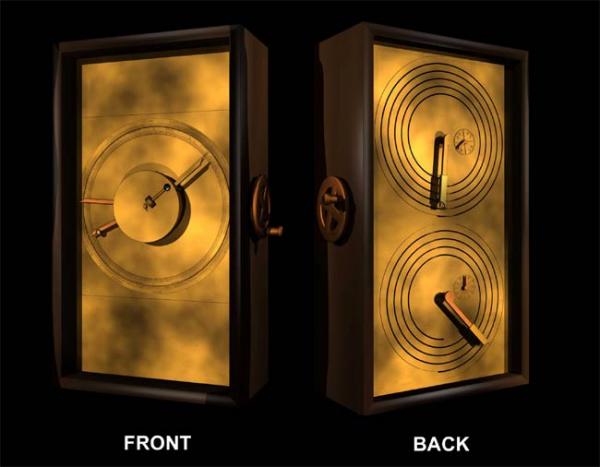
The Antikythera mechanism, shown here in this computer reconstruction, was about the size of a shoebox, with dials on its exterior and an intricate system of 30 bronze gear wheels inside. Though it was found in several corroded fragments, scientists have used imaging and other technologies to piece the machine together and even decode its inscriptions. When it was in use, a user of this "computer" could have turned a hand crank and tracked the positions of the sun and the moon, the lunar phases, and even cycles of Greek athletic competitions.
Exosuit fitting
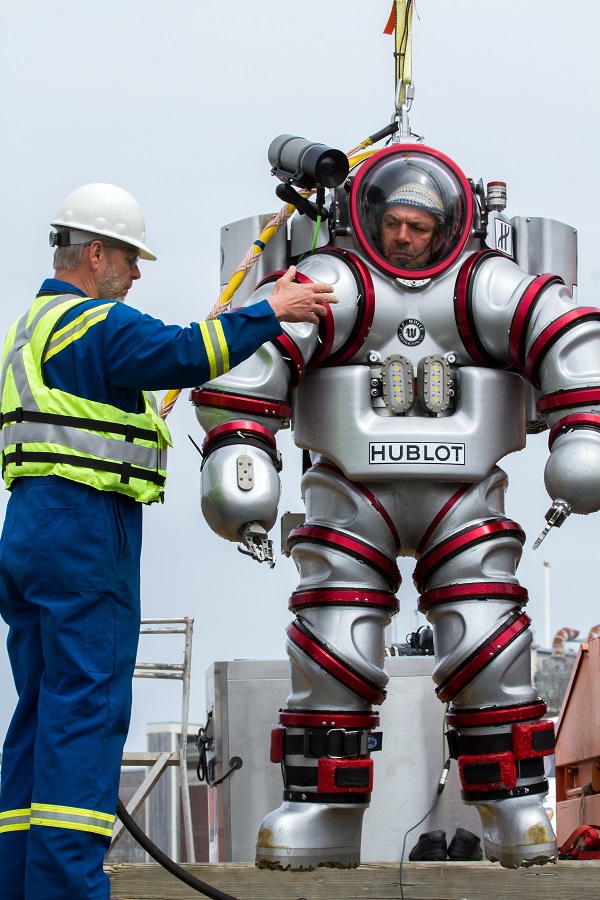
In September 2014, scientists explored the 2,000-year-old Antikythera shipwreck, looking for sunken statues, gold jewelry and other ancient artifacts lost in the Agean Sea. For the mission, they used the Exosuit (pictured here) that allowed the operator to safely descend hundreds of feet below the surface.
exosuit fitting 2
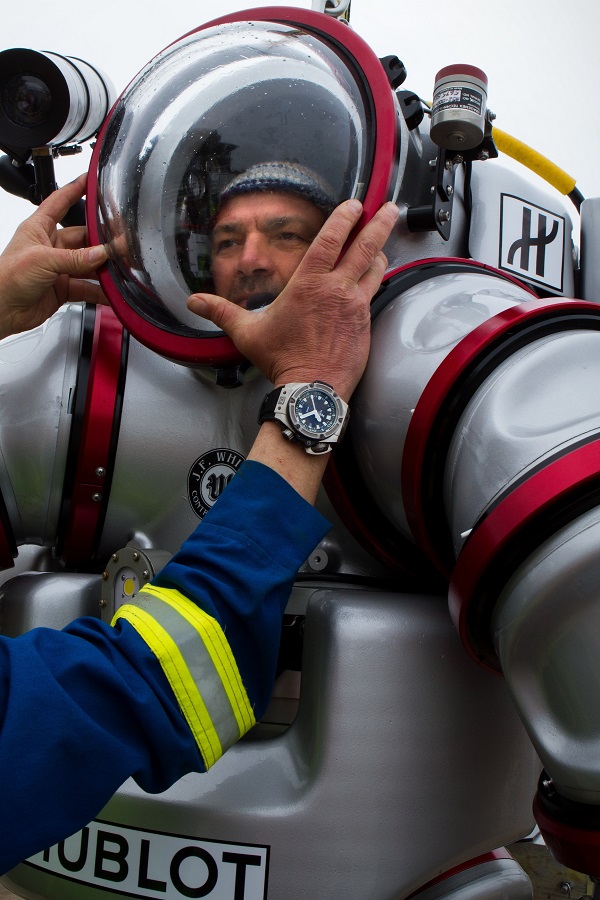
Before the 2014 expedition, divers completed preliminary scouting of the wreck site, which is located in the strait between Crete and Peloponnese.
Antikythera Exosuit

Phil Short was only able to pilot the Exosuit near the end of the "Return to Antikythera" mission, which lasted from Sept. 15 to Oct. 7, 2014.
Ceramic jug underwater
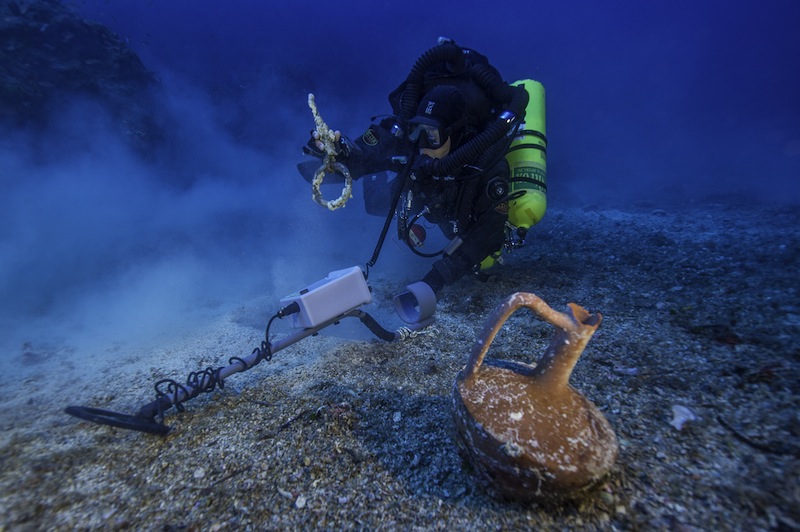
During the 2014 mission, divers also explored the Antikythera wreckage using rebreather technology, which recycles air. The technology let the divers stay underwater for up to three hours at a time, so they could dig up artifacts like this lagynos.
Get the world’s most fascinating discoveries delivered straight to your inbox.
Bronze spear
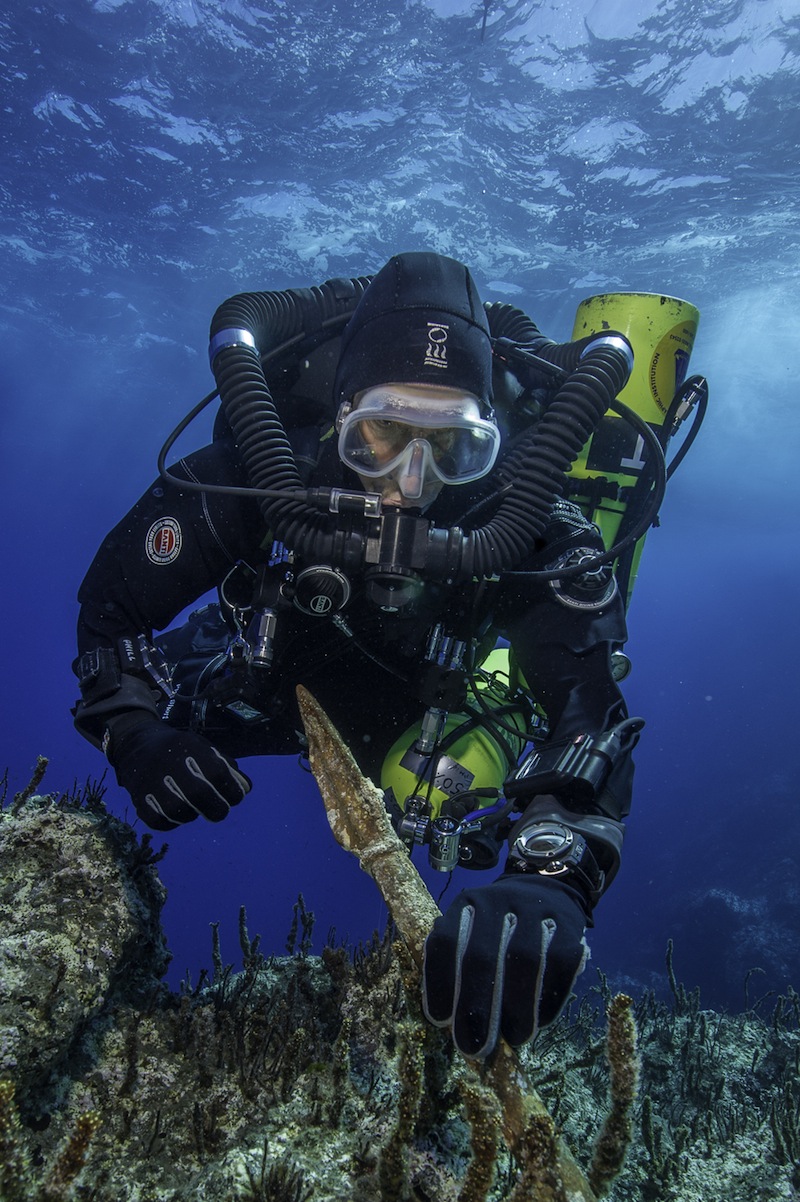
One of the artifacts found at the wreck site was a bronze spear. The spear would have been too big and heavy to be a functional weapon, and so it likely was part of a statue.
Antikythera shipwreck diver

An archaeologist swims over artifacts at the site of the Antikythera shipwreck. The site is famed for the massive amount of artifacts discovered there. Case in point: In 2015, researchers pulled up 50 objects from the depths as part of their scientific excavation of the Antikythera wreck site.
Inscriptions Revealed

With new imaging techniques like CT scanning, researchers can finally read some of the text that had previously eluded scholars on the enigmatic Antikythera mechanism. This bronze astronomical calculator was discovered at the site of an ancient Greek ship.
Technology reveals the hidden
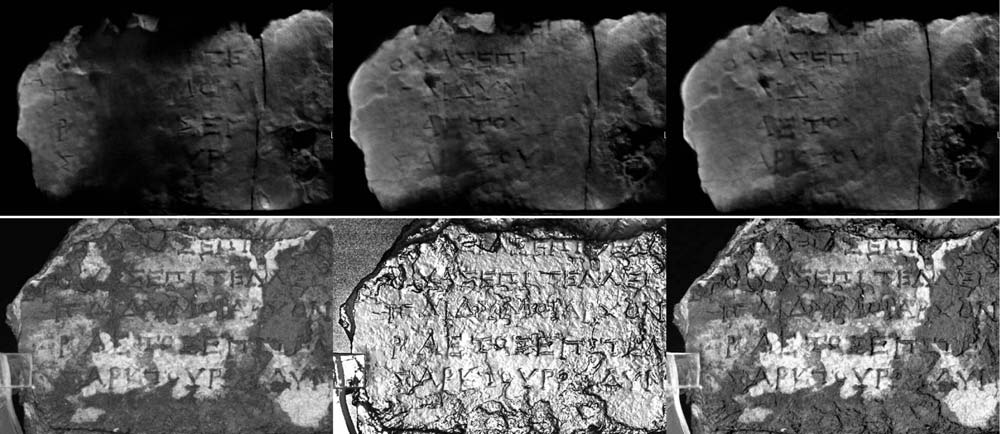
Techniques like CT imaging (top row) and polynomial texture mapping, or PTM, (bottom row) make it much easier to read the text of the so-called Parapegma Inscription on from Fragment C-1.
Plate fragments
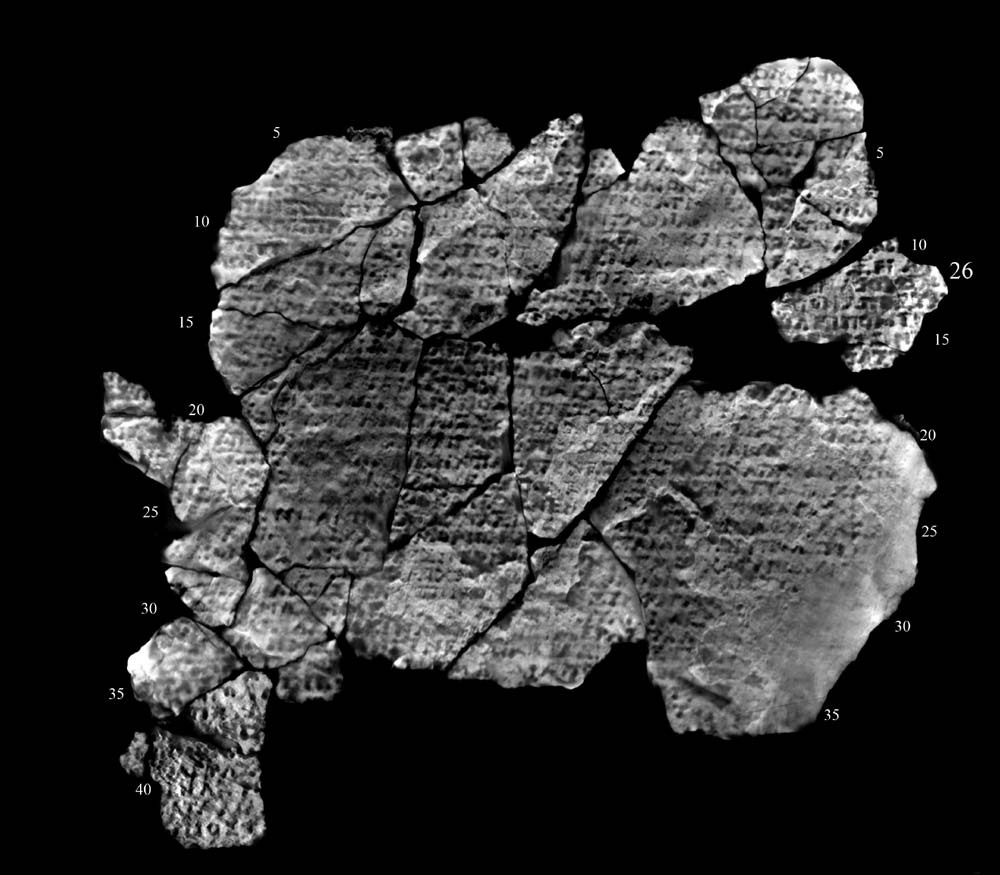
Here a CT composite image of the plate fragments of the front cover inscription.



